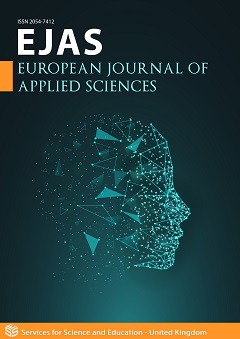The Fluid Dynamics of Conduit Hydrodynamic Entrance Effects Explained A Rebuttal Paper
DOI:
https://doi.org/10.14738/aivp.113.14714Keywords:
pipe flow boundary layer, transition to turbulence, pipe flow, Wall Effects, Pipe Entrance EffectsAbstract
Fluid flow in closed conduits is a field of study that has been characterized in the published literature, up until recently, by contradictions, false assertions and sometimes even more egregious misrepresentations of what the Laws of Nature dictate. The issue of conduit hydrodynamic entrance effects, in particular, has been studied and published on, extensively, over the last 100 years but this endeavor has yielded more heat than light. A recent publication (2023) appeared in the prestigious journal of Fluid Mechanics entitled, “Hydrodynamics of finite-length pipes at intermediate Reynolds numbers”, in which the entire paper was dedicated to this oftentimes misunderstood phenomenon. We challenge the author’s conclusions, herein, and in so doing, we demonstrate that their measured data is fully consistent with the recently published “Quinn’s Law of Fluid Dynamics in Closed Conduits” and, consequently, we provide an alternative explanation which establishes a comprehensive understanding of the physics underlying the so-called conduit hydrodynamic end-effects, a necessary consideration in this study, but one which the authors surprisingly chose to ignore. Furthermore, we validate our analysis in the context of the two classical published studies of (a), Nikuradze, for his sand-roughened pipes, and (b), the Princeton Super Pipe, for smooth walled pipes, both of which are considered contemporary gold standards in the field of fluid dynamics in closed conduits.
Downloads
Published
How to Cite
Issue
Section
License
Copyright (c) 2023 Hubert M Quinn

This work is licensed under a Creative Commons Attribution 4.0 International License.






